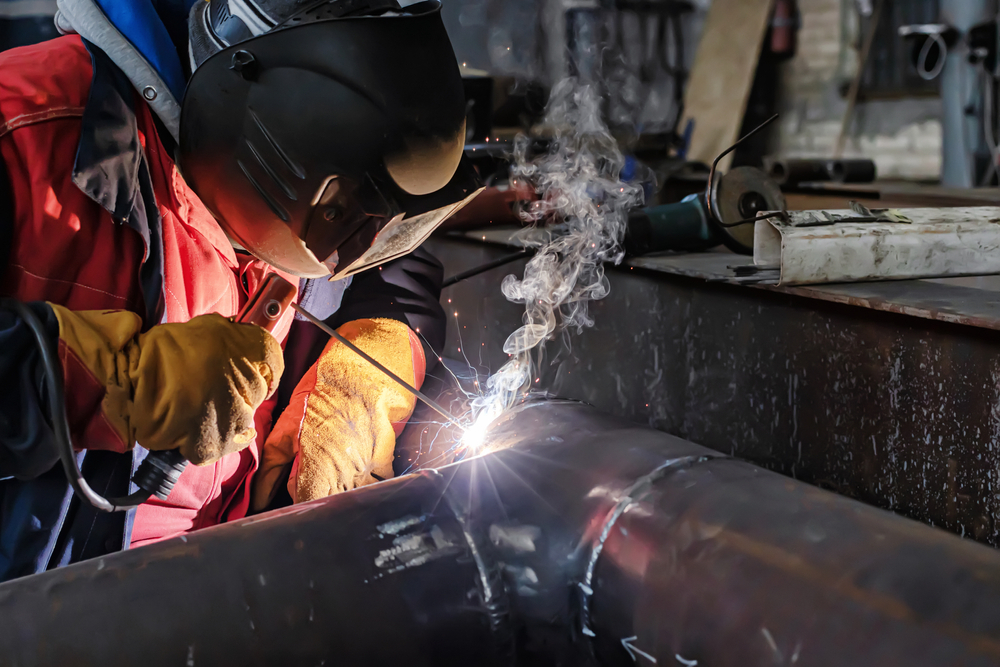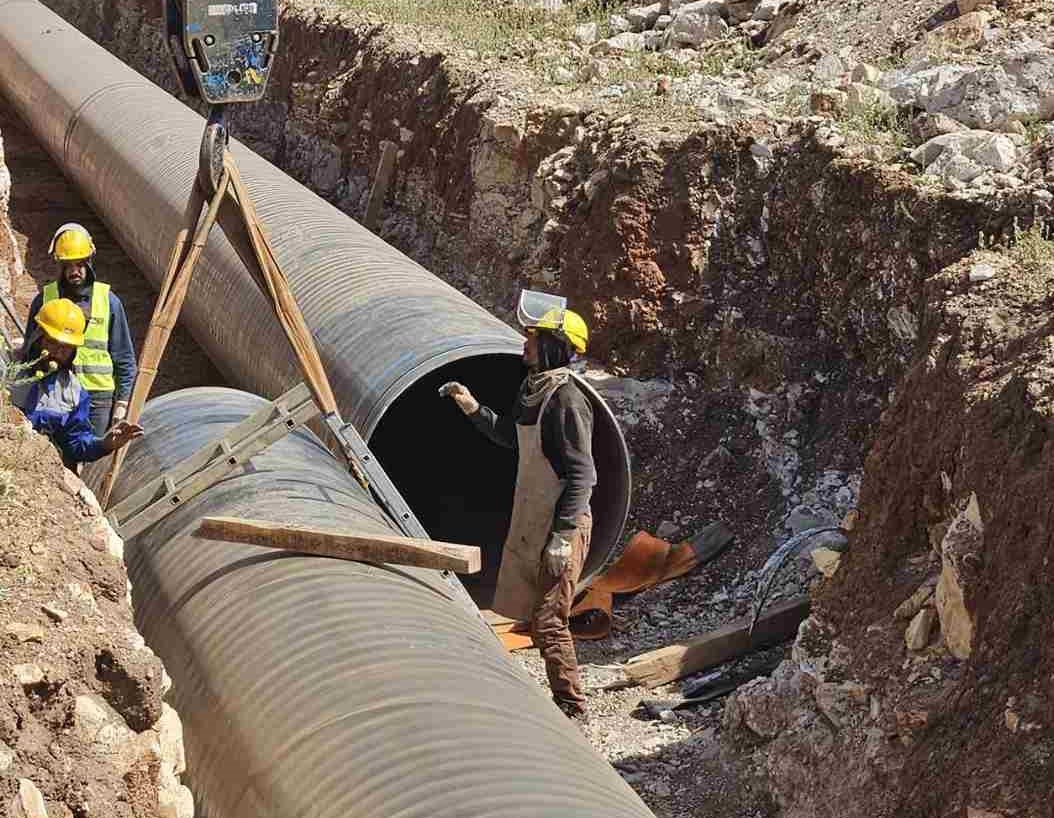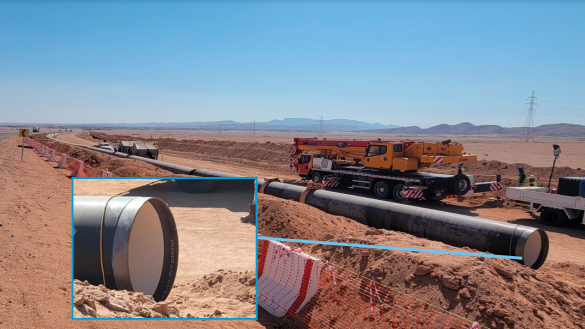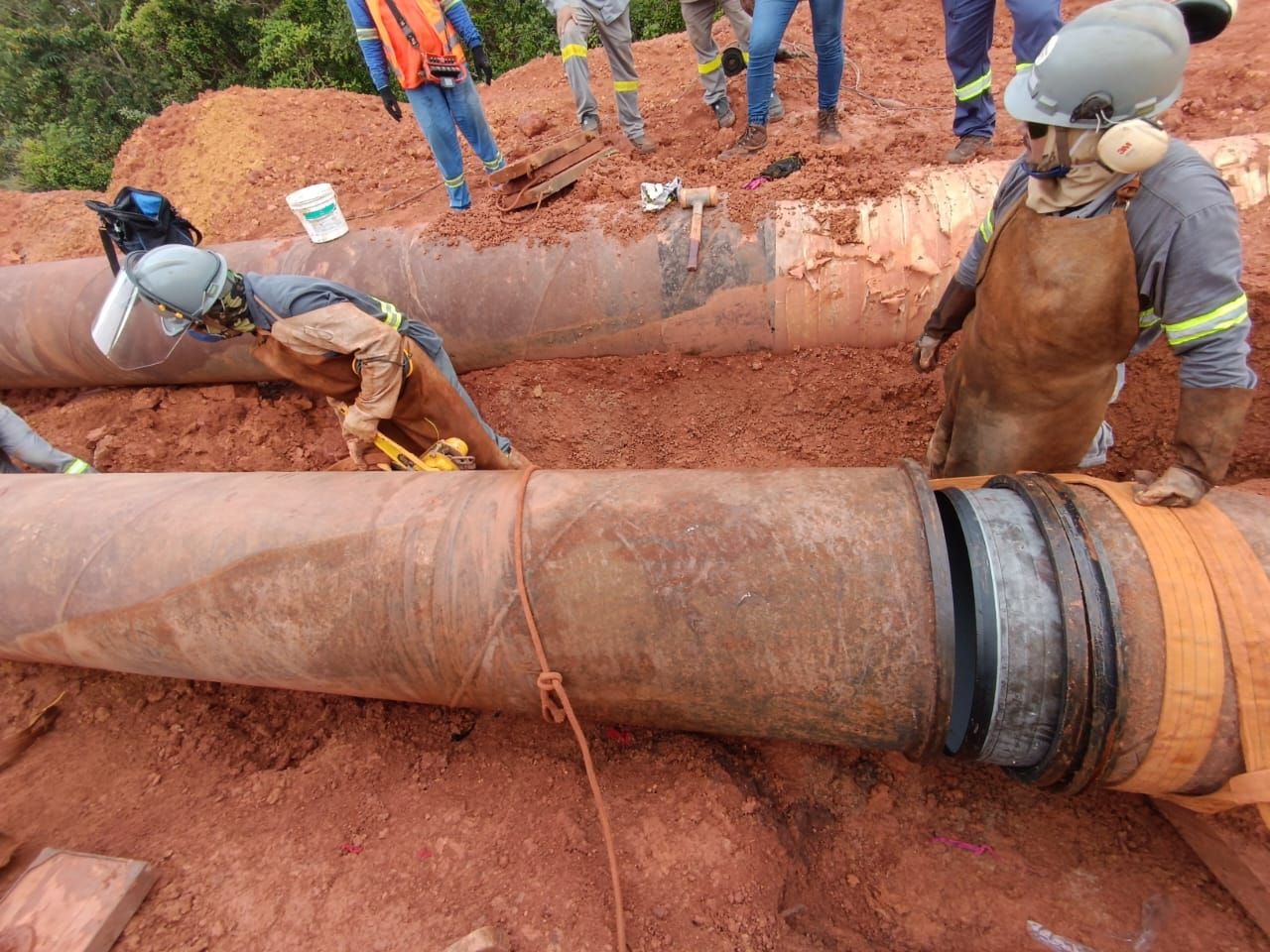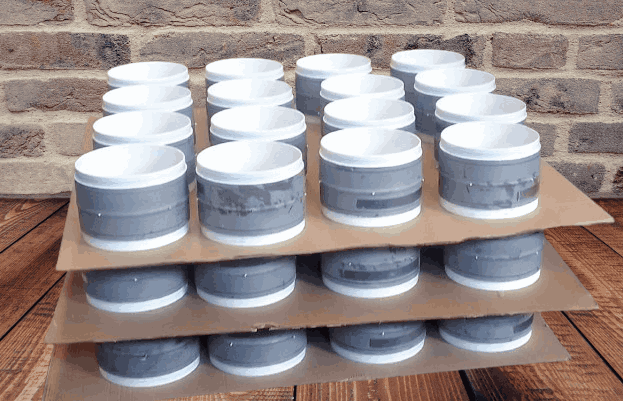Learn application of girth weld coating!
The technique of girth weld coating is essential in the oil and gas sector as well as in other sectors that deal with pipelines and other structures that need to be protected from corrosion and environmental harm. It entails applying a protective coating to a pipeline’s weld region in order to reduce corrosion, increase longevity, and improve aesthetics.
Given the many advantages of girth weld coating, it is crucial to comprehend the different coatings, the coating procedure, types of girth weld coatings and the elements that influence coating quality. So, let me help you to understand the fundamentals of Girth welding along with factors to consider before getting help from this amazing coating technique.
You may also like our blog field installation of girth weld coating.
Girth Welding: What Is It?
By welding all the way around two pipes’ circumferences, girth welding joins two pipes. Girth welding is also known as circumferential welding since it is done around the circumferences of the pipes.
For a weld joint to be properly formed, several welding passes are necessary. The joining of pipe and pipeline networks for above-ground and underground applications is the most common use of girth weld.
When deciding whether to use the girth weld process as the preferable welding technique, the simplicity of welding and environmental variables must be taken into account.
Benefits of Girth Weld Coating
1. Corrosion Protection
It protects pipelines and other metal structures from corrosion caused by exposure to moisture and other environmental factors. This is especially important in harsh environments where corrosion can occur quickly and lead to significant damage.
2. Increase resistance
The coating can assist protect the pipeline from damage from pebbles, debris, and other abrasive objects by minimizing the amount of direct contact between the pipeline and the environment.
Girth weld coating can also help shield the pipeline from harsh weather conditions, UV rays, and other elements that could harm it over time.
3. Lower Maintenance Costs
Maintenance and repair expenditures can add up quickly for pipeline operators. Girth weld coating can assist in lowering these costs by reducing the need for repairs or replacements due to corrosion or other types of damage.
The coating can assist increase the lifespan of the pipeline and minimize the frequency and expense of maintenance by providing long-lasting protection.
4. Environmental Protection
Girth weld coating can help to protect the environment by preventing leaks and spills from the pipeline, which can be harmful to wildlife and the natural ecosystem.
How Girth Welding Is Done? Step By Step Process
Following is a complete process of girth welding:
1. Surface preparation
This step is crucial to ensure that the coating adheres properly to the surface and provides effective protection against corrosion and other forms of damage.
The surface preparation process typically involves cleaning the surface of the weld joint thoroughly to remove any dirt, rust, or other contaminants that may be present. This can be done using a variety of methods, including sandblasting, grit blasting, or pressure washing.
2. Application of coating
Epoxy, polyurethane, and fusion-bonded epoxy are just a few of the coatings that can be employed for this technique.
A spray gun or other applicator is often used to apply the coating, ensuring an even and consistent application. It is critical to apply the coating at the proper thickness to guarantee that it provides good corrosion and other types of damage protection.
3. Curing
The pipeline is normally heated throughout the curing process to a certain temperature for a predetermined amount of time. This can be accomplished either by heating the pipeline directly with a heat lamp or by utilizing a furnace.
The coating is examined to make sure it adheres to the necessary requirements after it has dried. Any flaws are fixed, and the coating is examined to make sure it offers sufficient defense against corrosion.
Factors That Affect The Selection Of Girth Weld Coatings
1. Operating Conditions
The choice of a girth weld coating is greatly affected by the pipeline’s working circumstances, including temperature, pressure, and the presence of corrosive materials. The coating need to be capable of withstanding the anticipated circumstances without deteriorating or cracking.
2. Weld Preparation And Quality
The quality of the weld itself and how well the weld area is prepared can both affect how well the coating performs. To ensure proper adhesion of the coating, the surface must be clean, dry, and free of any impurities.
3. Material of Construction
The choice of girth weld coating might be determined by the material used in the pipeline’s construction. For the sake of preventing any potential deterioration or reaction, the coating should be suitable with the pipeline material.
4. Environmental Considerations
Another significant aspect to take into account is the coating’s effect on the environment. It may be preferable to use a coating that is environmentally friendly because some coatings include hazardous compounds that can harm the environment.
Common Problems with Girth Weld Coatings
- Inadequate surface preparation before coating application
- Corrosion or other degradation of the coating over time
- Improper mixing of coating components
- Contamination of the coating during application or curing
- Pinholes, holidays or other defects in the coating
- Adhesion failure between the coating and substrate
FAQs
What is generally applied to pipeline welds and cutback areas?
Field Joint Coating should be applied to the cut-back regions of coated pipes where weld joints are created. Field joint coating material is a wraparound, heat-shrinkable sleeve used to protect underground onshore pipelines to prevent corrosion.
What are the three coating layers?
An epoxy or FBE, a thermoplastic adhesive coating, and a polypropylene top coat make up a three-layer coating. Extruded coatings include polyethylene (PE) and polypropylene (PP) coatings.
What is flux coating?
A flux coating is a thin layer of a chemical that serves as a purifying, flowing, or cleaning agent. The coating has numerous purposes and is used on electric welding rods. It helps to remove contaminants from the weld pool and shields the solid metal from air pollution.
What differs 3LPE coating from FBE coating?
FBE is an interior coating for pipes used in the chemical industry or for the transmission of potable water, while 3LPE is typically employed as an external coating for corrosion resistance against the environment.
Conclusion
Welded components, such as girth welds, are vulnerable to corrosion types such intergranular corrosion and crevice corrosion. Specific corrosion prevention measures are implemented to protect these welds. These solutions include the use of girth weld coatings, which are thicker than conventional coatings and are engineered to withstand high temperatures.
We hope you may like to read our blog related to application of girth weld coating!

